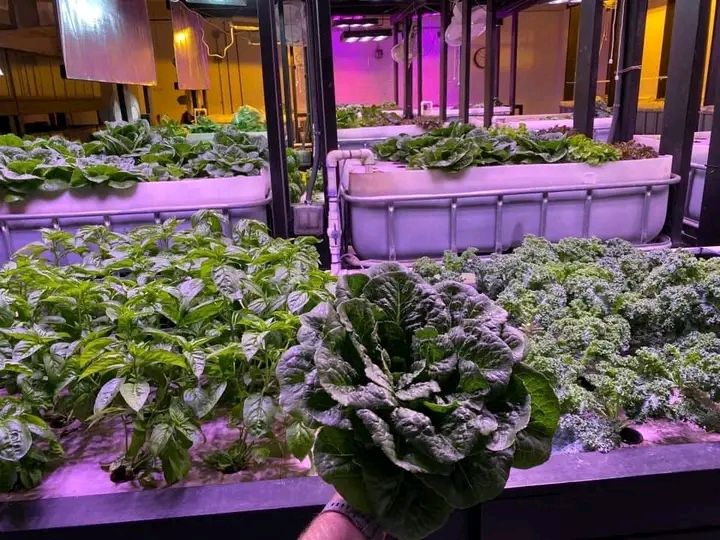
For some time now, I’ve been thinking seriously about starting a fish farm. But I didn’t want to go the traditional route of digging an earthen pond in the backyard — I wanted something modern, smart, and sustainable. Something that could produce results and create real opportunities.
That curiosity led me down a path of research into modern aquaculture technologies — and what I found completely changed how I view fish farming.
There are now systems that use less water, minimal land, and even integrate plant farming or recycle fish waste into food. These methods are not just exciting — they hold massive potential to create jobs for young people in Kenya and across the world
As the demand for fish continues to rise, traditional methods like earthen ponds are no longer enough to meet market needs. Today, technology and innovation are reshaping aquaculture, making fish farming more efficient, profitable, and sustainable — even in areas with limited water or land.
If you’re looking to invest in aquaculture or expand your current setup, here are six modern fish farming methods and technologies you should seriously consider.
1. Recirculating Aquaculture Systems (RAS)
What it is: RAS is a closed-loop system where water is continuously filtered and reused.
Why it’s great:
- Saves up to 99% of water
- Allows precise control of temperature, pH, and oxygen
- Can be installed indoors or in urban areas
Ideal for: Commercial farmers with access to capital and interest in large-scale production of tilapia, catfish, trout, or salmon.
2. Aquaponics: Fish Meets Farming
What it is: A smart system combining fish farming and hydroponics. Fish waste feeds the plants; plants clean the water.
Benefits:
- Double income: Fish + vegetables like lettuce, spinach, or herbs
- Organic, chemical-free produce
- Saves water and space
Ideal for: Small-scale agripreneurs, urban dwellers, schools, and backyard farmers.
3. Cage and Pen Culture in Lakes or Dams
What it is: Fish are kept in floating cages in natural water bodies like lakes or reservoirs.
Advantages:
- Low construction costs
- Utilizes available water bodies without land excavation
Watch out for:
- Pollution if not well-managed
- Predators or storms damaging cages
Great for: Farmers near large water bodies like Lake Victoria (where cage tilapia farming is booming).
4. Biofloc Technology (BFT)
What it is: A water treatment process where microbial communities (biofloc) convert fish waste into protein-rich feed.
Why it matters:
- Cuts feed costs (feed is the biggest expense in fish farming)
- Improves water quality
- Ideal for high-density stocking
Best suited for: Catfish, tilapia, and shrimp farming in water-scarce areas.
5. Integrated Multi-Trophic Aquaculture (IMTA)
What it is: A holistic farming approach where different species are raised together — for example, fish, shellfish, and seaweed.
Benefits:
- Waste from one species becomes nutrients for another
- Creates a balanced and eco-friendly system
Used mostly in: Coastal or marine aquaculture setups, but adaptable in some freshwater systems.
6. Smart & Automated Aquaculture Systems
What it is: The use of sensors, IoT (Internet of Things), mobile apps, and AI to monitor and control fish farm operations.
Key features:
- Automated feeders
- Real-time water quality tracking
- Data-driven decision making
Advantages:
- Reduces labor costs
- Increases productivity and fish health
Ideal for: Tech-savvy agripreneurs and commercial farms.
Supporting Innovations to Watch
Solar-powered aerators & pumps – perfect for off-grid farms
Mobile apps – track pH, ammonia, oxygen levels easily
Drones – survey large cage farms in lakes
Automated feeders – reduce feed waste and ensure consistent growth
Final Thoughts
The future of aquaculture lies in innovation. Whether you’re a small-scale farmer or eyeing commercial production, adopting modern fish farming technologies can boost your yield, cut costs, and open new income streams.
Don’t limit your fish farm to the old ways — innovate, grow, and thrive.

Disclosure: This banner contains an affiliate link. I may earn a commission if you purchase through it, at no extra cost to you.
